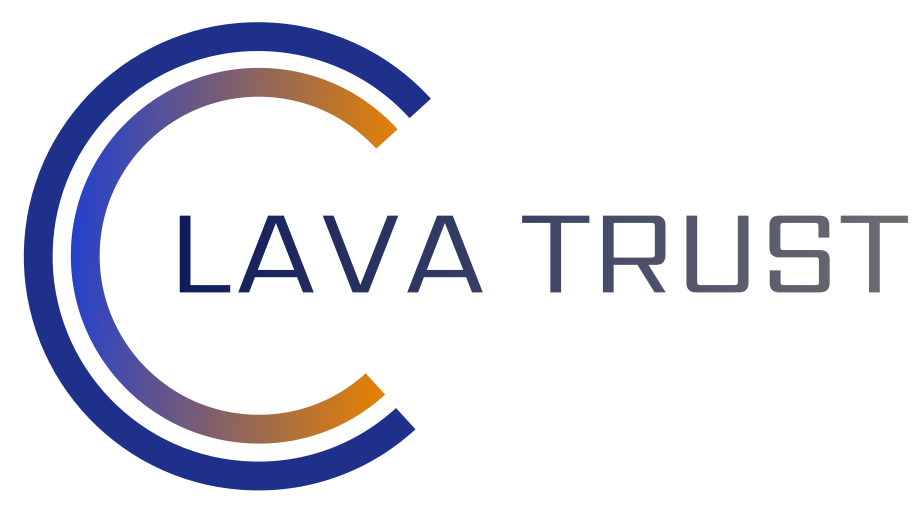Portfolio diversification is the practise of spreading your investments around so that your exposure to any one type of asset is limited. This practise is designed to help reduce the volatility of your portfolio over time. Traditionally, most investors are advised to divide their portfolio into US stocks, Foreign Stocks, Bonds, Real estate and Cash. To simply things, most investors are advised to put 60% stocks and 40% bonds. Such a simple portfolio would have outperformed many complex strategies. The primary goal is not maximize returns but to reduce the volatility of the portfolio.
In 1982, investors could get 15% yield on 10-year treasuries and invest in S&P 500 at 7x yearly earnings. But today the yield on 10-year treasuries is 1.52% and investors are ready to pay 21x earnings for S&P 500. Some of the traditional method of allocating portfolios no longer works in the current environment. These portfolio allocations made sense in an environment where interest rates were over 7%, for big part of 20th century. Today, over $16 trillion dollars’ worth of bonds have negative yield. The first day you purchase 50-Year Swiss government bond with a yield of -0.45%, you are guaranteed to lose money every year. This is the result of relentless easy money policies of central banks all around the world.
Gold tends to perform well in the tumultuous times, as investors tend to seek shelter in a safe-haven asset with an established history for millennia. Bitcoin is digital gold. It has the same good characteristics of gold such as protection of wealth from inflation and tends to move up when stock market goes down. The market forces that drive the demand for bitcoin are entirely different from traditional stock markets or bond markets. Numerous studies have shown that bitcoin has no correlation to equities, fixed income, gold or oil. This makes it an ideal asset class to own to preserve wealth and to reduce risk.
One of the most commonly used risk-adjusted return metrics is Sharpe ratio, which measures the excess return for a given level of risk. Sharpe ratio is useful because unlike other risk-adjusted return metrics it does not require a benchmark. Usually a Sharpe ratio greater than 1.0 is considered good and a ratio of 3.0 is considered excellent. Any ratio below 1.0 is considered sub-optimal. The following chart from Messari shows that Bitcoin’s Sharpe ratio is 1.27, where as S&P 500 which is the next best is at 0.82 and gold is at 0.39. Usually most asset managers recommend dividing the portfolio 60% to equities and 40% to bonds. Just adding 10% of the portfolio to bitcoin improves the return from 40% to 177%, while also increasing the Sharpe ratio from 0.85 to 1.09. I think it is quite remarkable that it increase the returns and also improved the risk measure.
Another study conducted by another quantitative analyst, shows that even holding 1% of your portfolio in bitcoin and 99% in cash would have beaten the returns of S&P 500. This means that even if bitcoin price goes to zero, your maximum loss is only 1%. This comparison was done against US Treasury bonds, Gold and S&P 500. I found this to be quite remarkable.
A portfolio consisting solely of bonds has a maximum annual loss of close to 9%, but only produces a return of 6% over a 10-year period. Holding S&P 500 index would have increased the return to 8%, but would have increased the risk. Your maximum annual loss with S&P 500, would have been 40% in the span of 10 years. Adding bitcoin has increased the returns and reduced the risk of loss. Since it is only 1% of the portfolio, most people can afford to take a risk with bitcoin.
The chart below shows that having a 5% exposure to bitcoin would have better returns on every 4-year period from 2010.
It is obvious that bitcoin will not have the same returns as 2010, but it still increases the return while simultaneously reduces the risk. This fact alone makes me think that the wallstreet is going to realize how Crypto-assets are going to increase the returns with less risk and huge institutional players will enter this market. Intercontinental Exchange has received the approval to launch their Bakkt platform on September 23rd for institutional investors. This will help institutional adoption of bitcoin.

